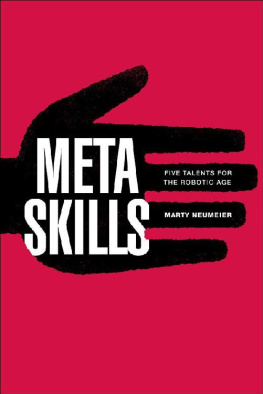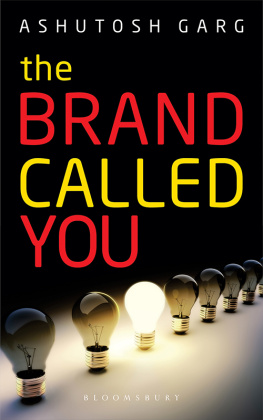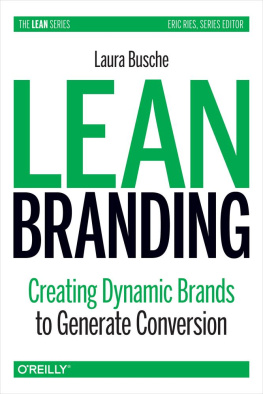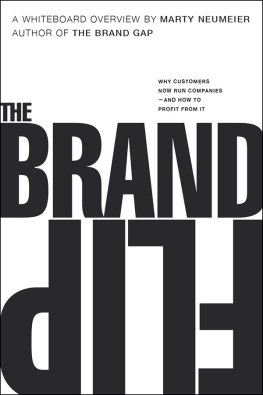The Brand Gap
Marty Neumeier
THE BRAND GAP (REVISED EDITION)
HOW TO BRIDGE THE DISTANCE BETWEEN BUSINESS STRATEGY AND DESIGN
A WHITEBOARD OVERVIEW BY MARTY NEUMEIER
NEW RIDERS
1249 EIGHTH STREET
BERKELEY, CA 94710
510/524-2178
800/283-9444
510/524-2221 (FAX)
NEW RIDERS IS AN IMPRINT OF PEACHPIT, A DIVISION OF PEARSON EDUCATION
FIND US ON THE WORLD WIDE WEB AT: WWW.PEACHPIT.COM
TO REPORT ERRORS, PLEASE SEND A NOTE TO
COPYRIGHT 2006 BY MARTY NEUMEIER
PROJECT EDITOR: BECKY MORGAN
PRODUCTION EDITOR: LUPE EDGAR
INDEXER: CHERYL LENSER
BOOK DESIGNER: HEATHER MCDONALD
NOTICE OF RIGHTS
ALL RIGHTS RESERVED. NO PART OF THIS BOOK MAY BE REPRODUCED
OR TRANSMITTED IN ANY FORM BY ANY MEANS,
ELECTRONIC, MECHANICAL, PHOTOCOPYING, RECORDING, OR OTHERWISE,
WITHOUT THE PRIOR WRITTEN PERMISSION OF THE PUBLISHER.
FOR INFORMATION ON GETTING PERMISSION FOR REPRINTS AND EXCERPTS,
CONTACT .
NOTICE OF LIABILITY
THE INFORMATION IN THIS BOOK IS DISTRIBUTED ON AN AS IS BASIS WITHOUT WARRANTY.
WHILE EVERY PRECAUTION HAS BEEN TAKEN IN THE PREPARATION OF THE BOOK,
NEITHER THE AUTHOR NOR PEACHPIT SHALL HAVE ANY LIABILITY
TO ANY PERSON OR ENTITY WITH RESPECT TO ANY LOSS OR DAMAGE
CAUSED OR ALLEGED TO BE CAUSED DIRECTLY OR INDIRECTLY
BY THE INSTRUCTIONS CONTAINED IN THIS BOOK
OR BY THE COMPUTER SOFTWARE AND HARDWARE PRODUCTS DESCRIBED IN IT.
TRADEMARKS
MANY OF THE DESIGNATIONS USED BY MANUFACTURERS AND SELLERS
TO DISTINGUISH THEIR PRODUCTS ARE CLAIMED AS TRADEMARKS.
WHERE THOSE DESIGNATIONS APPEAR IN THIS BOOK,
AND PEACHPIT WAS AWARE OF A TRADEMARK CLAIM,
THE DESIGNATIONS APPEAR AS REQUESTED BY THE OWNER OF THE TRADEMARK.
ALL OTHER PRODUCT NAMES AND SERVICES IDENTIFIED THROUGHOUT THIS BOOK
ARE USED IN EDITORIAL FASHION ONLY AND FOR THE BENEFIT OF SUCH COMPANIES
WITH NO INTENTION OF INFRINGEMENT OF THE TRADEMARK.
NO SUCH USE, OR THE USE OF ANY TRADE NAME, IS INTENDED TO CONVEY
ENDORSEMENT OR OTHER AFFILIATION WITH THIS BOOK.
ISBN 0-321-34810-9
9 8 7 6 5 4 3 2
PRINTED AND BOUND IN THE UNITED STATES OF AMERICA

Dedication
TO EILEEN, LA MAGICIENNE DE MON COEUR
Preface

A lot of people talk about it. Yet very few people understand it. Even fewer know how to manage it. Still, everyone wants it. What is it? Branding, of coursearguably the most powerful business tool since the spreadsheet.
In this book Ive tried to present a 30,000-foot view of brand: what it is (and isnt), why it works (and doesnt), and, most importantly, how to bridge the gap between logic and magic to build a sustainable competitive advantage.
While most books on branding present an exhaustive (and sometimes exhausting) array of examples and studies to support their theses, here Ive taken the opposite tack. By presenting the least amount of information necessary, and by using the shorthand of the conference roomillustrations, diagrams, and summariesI hope to bring the big ideas of branding into sharp focus.
Your time is valuable, so my first goal is to give you a book you can finish in a short plane ride. My second goal is to give you powerful principles that will last a career.
Marty Neumeier
Introduction

What a Brand Isnt.
Lets start with a clean slate. If we wipe away some of the misconceptions about brand, we can make more room for its truths.
Ready?
First of all, a brand is not a logo. The term LOGO is short for LOGOTYPE , design-speak for a trademark made from a custom-lettered word ( LOGOS is Greek for WORD ). The term logo caught on with people because it sounds cool, but what people really mean is a trademark, whether the trademark is a logo, symbol, monogram, emblem, or other graphic device. IBM uses a monogram, for example, while Nike uses a symbol. Both are trademarks, but neither are logos. Clear? What really matters here is that a logo, or any other kind of trademark, is not the brand itself. Its merely a symbol for it.
Second, a brand is not a corporate identity system. An identity system is a 20th-century construct for controlling the use of trademarks and trade-dress elements on company publications, advertisements, stationery, vehicles, signage, and so on. Fifty years ago, lithography was the communication technology du jour; identity manuals were designed to dictate the sizes, colors, spacing, and architecture of the printed page. Today theres still a need for identity manuals and the visual consistency they bring. But consistency alone does not create a brand.
Finally, a brand is not a product. Marketing people often talk about managing their brands, but what they usually mean is managing their products, or the sales, distribution, and quality thereof. To manage a brand is to manage something much less tangiblean aura, an invisible layer of meaning that surrounds the product.
So what exactly is a brand?
A brand is a persons gut feeling about a product, service, or company. Its a GUT FEELING because were all emotional, intuitive beings, despite our best efforts to be rational. Its a PERSONS gut feeling, because in the end the brand is defined by individuals, not by companies, markets, or the so-called general public. Each person creates his or her own version of it. While companies cant control this process, they can influence it by communicating the qualities that make this product different than that product. When enough individuals arrive at the same gut feeling, a company can be said to have a brand. In other words, a brand is not what YOU say it is. Its what THEY say it is. A brand is a kind of Platonic ideala concept shared by society to identify a specific class of things. To use Platos example, whenever we hear the word horse we visualize a majestic creature with four legs, a long tail, and a mane falling over a muscular neck, an impression of power and grace, and the knowledge that a person can ride long distances on its back. Individual horses may differ, but in our minds we still recognize their common horseness. Looked at from the other side of the equation, when we add up the parts that make a horse, the total is distinctive enough so that we think HORSE , not COW or BICYCLE .
A brand, like Platos horse, is an approximateyet distinctunderstanding of a product, service, or company. To compare a brand with its competitors, we only need to know what makes it different. Brand management is the management of differences, not as they exist on data sheets, but as they exist in the minds of people.
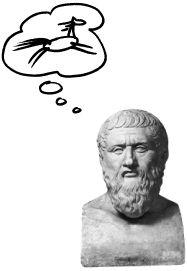
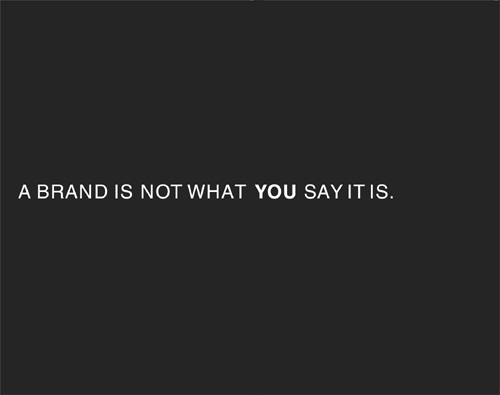
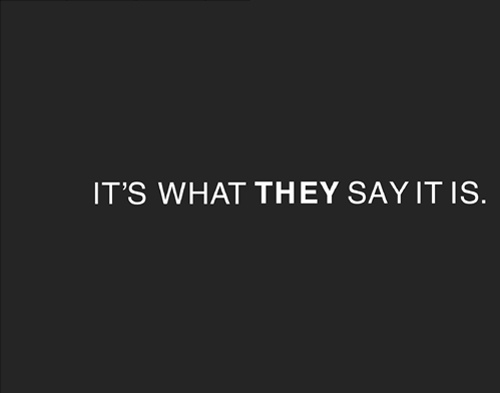
Why is Brand Suddenly Hot?
The idea of brand has been around for at least 5,000 years. So why is it such a big deal now?


